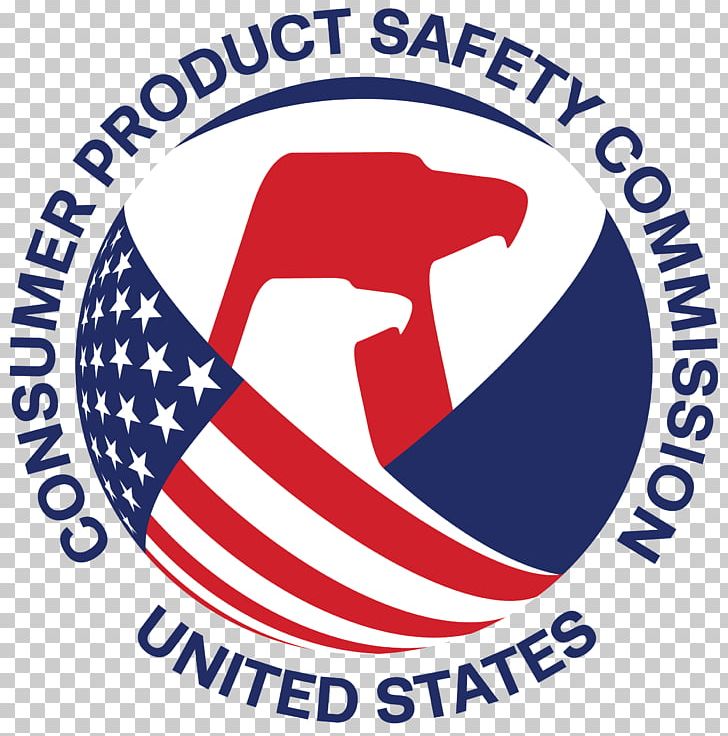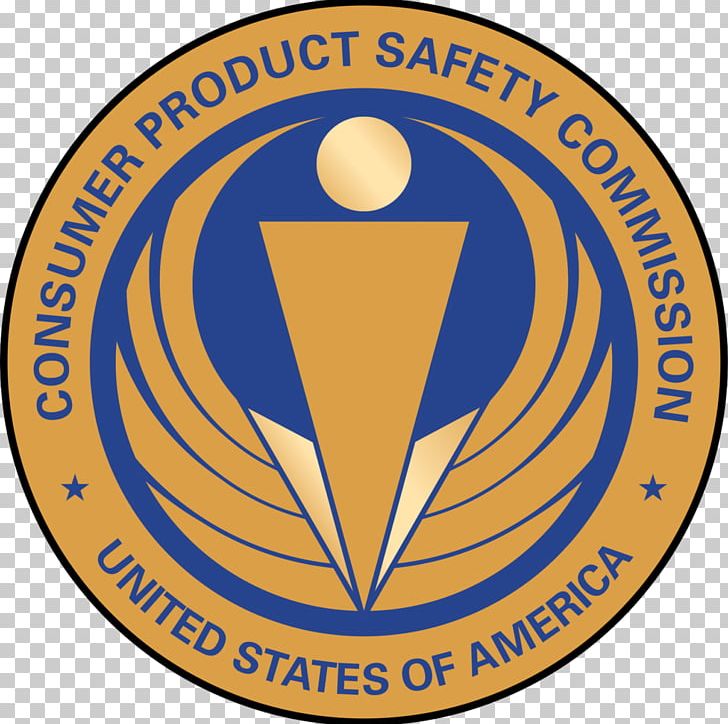United States Product Safety Commission: Your Ultimate Guide To Product Safety
The United States Product Safety Commission (CPSC) plays a crucial role in ensuring the safety of consumer products across the nation. Established to protect the public from unreasonable risks of injury or death associated with consumer products, the CPSC enforces safety standards and recalls hazardous items. In today's world, where product safety is a top priority, understanding the role and functions of the CPSC is essential for consumers and businesses alike.
As a regulatory agency, the CPSC monitors thousands of products used in homes, schools, and workplaces. Their mission is to save lives and prevent injuries by setting stringent safety regulations and enforcing them rigorously. Whether it’s toys, electronics, or household appliances, the CPSC ensures that these products meet specific safety criteria before they reach the market.
This article delves into the workings of the United States Product Safety Commission, highlighting its history, responsibilities, enforcement mechanisms, and the impact it has on consumer safety. We’ll also explore how businesses and consumers can collaborate with the CPSC to promote safer products and environments. Let’s dive in!
Read also:Salon Evolve Limerick Pa Your Ultimate Destination For Hair And Beauty
Table of Contents
- History of the United States Product Safety Commission
- Mission and Objectives of the CPSC
- Organizational Structure of the CPSC
- Key Regulations Enforced by the CPSC
- Product Recalls and Safety Alerts
- Consumer Role in Product Safety
- Business Compliance with CPSC Standards
- Impact of Technology on Product Safety
- Important Statistics on Product Safety
- Future of Product Safety and the CPSC
History of the United States Product Safety Commission
Establishment of the CPSC
The United States Product Safety Commission was established in 1972 under the Consumer Product Safety Act. This federal agency was created in response to growing concerns about the safety of consumer products. Before the CPSC, there was no centralized authority responsible for regulating product safety, leading to inconsistent standards and numerous preventable accidents.
Key Milestones in CPSC History
Over the years, the CPSC has achieved several milestones that have strengthened consumer protection. Some notable events include:
- 1973: The CPSC issued its first recall for hazardous products.
- 1984: The agency expanded its jurisdiction to include fireworks and other explosive devices.
- 2008: The Consumer Product Safety Improvement Act (CPSIA) was enacted, further enhancing the CPSC's authority and capabilities.
Mission and Objectives of the CPSC
The primary mission of the United States Product Safety Commission is to protect consumers from unreasonable risks of injury or death associated with consumer products. To achieve this, the CPSC focuses on three main objectives:
- Developing and enforcing safety standards for consumer products.
- Conducting research and gathering data on product-related injuries and fatalities.
- Raising public awareness about product safety issues and providing education to consumers.
Organizational Structure of the CPSC
Leadership and Governance
The CPSC is governed by a five-member commission, each appointed by the President and confirmed by the Senate. These commissioners serve staggered seven-year terms, ensuring continuity and stability within the agency. The CPSC also employs a dedicated team of engineers, scientists, and legal experts to support its mission.
Departments and Divisions
The CPSC is organized into several departments and divisions, each responsible for specific aspects of product safety. These include:
- Office of Compliance and Field Operations: Oversees product testing, inspections, and enforcement actions.
- Office of the General Counsel: Provides legal guidance and represents the CPSC in legal matters.
- Office of Communications: Manages public outreach and education initiatives.
Key Regulations Enforced by the CPSC
Consumer Product Safety Act (CPSA)
The CPSA is the foundational legislation that governs the CPSC's activities. It grants the agency authority to establish safety standards, conduct investigations, and issue recalls for hazardous products. The CPSA also requires manufacturers to report potential safety hazards to the CPSC.
Read also:Pretty Fab The Ultimate Guide To Unlocking Your Style And Confidence
Other Key Regulations
In addition to the CPSA, the CPSC enforces several other regulations, including:
- Flammable Fabrics Act (FFA): Regulates the flammability of textiles and other materials.
- Poison Prevention Packaging Act (PPPA): Requires child-resistant packaging for certain hazardous substances.
- Federal Hazardous Substances Act (FHSA): Sets safety standards for hazardous chemicals and substances.
Product Recalls and Safety Alerts
How Recalls Work
The CPSC issues recalls for products that pose a risk of injury or death to consumers. These recalls can be voluntary, initiated by manufacturers, or mandatory, ordered by the CPSC. The recall process involves notifying the public, removing the product from the market, and providing remedies such as repairs, replacements, or refunds.
Reporting Unsafe Products
Consumers play a vital role in identifying unsafe products. If you encounter a product that you believe is hazardous, you can report it to the CPSC through their website or hotline. The CPSC investigates all reports and takes appropriate action to protect the public.
Consumer Role in Product Safety
Staying Informed
Consumers can stay informed about product safety issues by regularly checking the CPSC website and subscribing to their email alerts. It’s also important to read product labels, follow safety instructions, and register products with manufacturers to receive recall notifications.
Practicing Safe Product Usage
Using products safely is another key aspect of consumer responsibility. This includes:
- Following manufacturer guidelines for installation and operation.
- Inspecting products regularly for signs of wear or damage.
- Disposing of hazardous materials properly.
Business Compliance with CPSC Standards
Manufacturer Responsibilities
Manufacturers must ensure that their products comply with CPSC regulations before entering the market. This involves conducting thorough testing, adhering to safety standards, and maintaining accurate records. Manufacturers are also required to report any potential hazards to the CPSC promptly.
Importance of Compliance
Compliance with CPSC standards not only protects consumers but also benefits businesses. By producing safe products, companies can avoid costly recalls, legal liabilities, and damage to their reputation. Additionally, compliance enhances consumer trust and loyalty, leading to long-term success.
Impact of Technology on Product Safety
Advancements in Testing and Monitoring
Technological advancements have significantly improved the CPSC’s ability to test and monitor products. Advanced testing equipment and data analytics tools enable the agency to identify potential hazards more efficiently and accurately.
Challenges Posed by Emerging Technologies
While technology offers numerous benefits, it also presents new challenges for product safety. Rapidly evolving technologies, such as IoT devices and 3D printing, require the CPSC to adapt its regulations and enforcement strategies to address emerging risks.
Important Statistics on Product Safety
According to CPSC data, approximately 33.1 million people were injured by consumer products in 2021, resulting in 35,200 deaths. These statistics underscore the importance of the CPSC’s work in promoting product safety and protecting consumers. By enforcing safety standards and issuing recalls, the CPSC helps prevent thousands of injuries and fatalities each year.
Future of Product Safety and the CPSC
Emerging Trends and Challenges
As consumer products continue to evolve, the CPSC must stay ahead of emerging trends and challenges. This includes addressing the safety implications of new technologies, such as artificial intelligence and autonomous systems, and adapting regulations to reflect changing market conditions.
Collaboration and Innovation
To meet future challenges, the CPSC will need to collaborate with stakeholders, including manufacturers, researchers, and consumers. Encouraging innovation in product design and safety testing will also be crucial in ensuring that products remain safe and effective.
Kesimpulan
The United States Product Safety Commission plays a vital role in safeguarding consumers from hazardous products. Through its rigorous enforcement of safety standards, product recalls, and public education initiatives, the CPSC has significantly reduced the incidence of product-related injuries and fatalities. Consumers and businesses alike have a responsibility to support the CPSC’s mission by staying informed, practicing safe product usage, and ensuring compliance with regulations.
As we look to the future, the CPSC will continue to face new challenges posed by emerging technologies and changing consumer demands. By fostering collaboration, embracing innovation, and maintaining its commitment to consumer safety, the CPSC will remain a cornerstone of product safety in the United States.
We invite you to share your thoughts and experiences with product safety in the comments below. Don’t forget to explore other articles on our website for more insights into consumer protection and safety.


